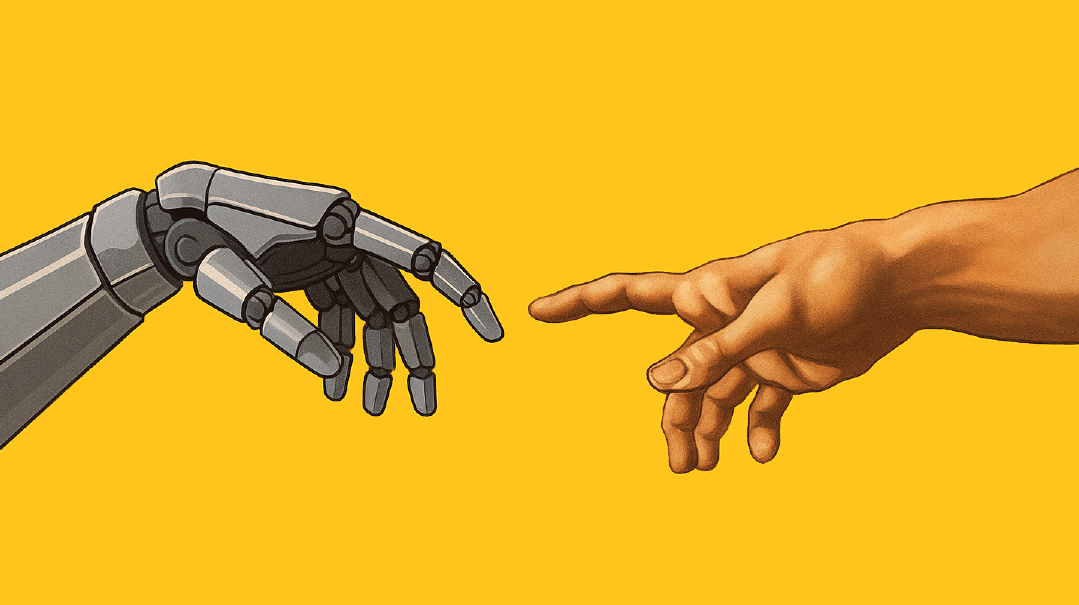Scope and Spirit

We aim for both here: the historical scope along with the personal spirit

They had lots of stories and personal memories to share. Was a writer of ours interested in speaking to them directly?
I emailed a writer who I thought might enjoy the project. “That’s okay,” came the answer. “I have a lot of written sources already. I don’t really need to speak to them.”
The response bothered me. When I read about a historical figure, of course I want the facts — the dates, the events, the context, the scope of their life and influence. But I want something else too (editors can want a lot of things). I want to feel like I “met” this person, as it were — to get a sense of his personality and character, hopes and dreams, doubts and drives. What could be better than speaking to people who knew him personally?
I shelved away my disquiet for a while. Then I spoke to someone who works in historical research in a professional capacity. She explained to me that in the world of academia, verbal testimonies are considered less reliable than written records. Documentation, letters, signed or stamped legal material, will always hold more weight than personal memories.
This made sense.
Memory is a fickle thing. Ask three children in the same family to describe the family succah, to recreate the recipe for Babbi’s famous babka, or to sing the treasured family melody for “Kah Ribon.” The ensuing descriptions will share many details, but they will also diverge and at times even contradict one another. You might discover two different baking times, along with different kneitches or tempos for the same song.
Beyond the discrepancies in factual details, I always marvel at the way different people — sometimes even siblings who grew up together — paint the same person. It’s as if everyone views the departed ancestor through the lens of their own values. The chinuch-minded child might paint a master mechanech. The one who puts family first will remember countless times their grandfather or grandmother dropped everything for a child. The one who values financial scrupulousness will talk about the ledgers and tzedakah records. Each picture is valid, but each is also just one hue of an elusive, fractured prism.
So yes, I do understand why historians consider it more prudent to rely on the concrete foundation afforded by authentic historical documentation. The ship manifest, the signed letters, the marriage certificate, the deed to the building — these are solid, firm. You can build on them.
But formal documentation has its limits. Even a person’s own writing, authentic and historically accurate as it may be, sometimes falls short of capturing their true character. I will always remember the complaints we got about a certain contributor here at the magazine whose writing was a little removed and scholarly — it seemed to convey a smug “I’ve got all the answers” tone. Meet him in real life, and you’d find a humble, friendly, lively person always ready to hear and consider someone else’s ideas. But the disconnect between formal text and personal encounter meant that readers weren’t meeting the real person when they read his work.
So we aim for both here: the historical scope along with the personal spirit, the facts and figures along with the impressions and imprints. Once we’ve built a foundation of facts and chronology, we try to capture the character animating all those reliable, dependable documents. We seek out the people who can add color, dialogue, shape, and form to the black-and-white scaffolding of the historical record.
Because this isn’t a history log or an academic journal. As a feature magazine, we don’t just want to share information, but to build an experience. We want to take you along for a journey, introduce you to people you’ve never met, convey a feel for what motivates and animates this person you’ve heard about but never really encountered. And in order to capture that very human element, we need the contributions that only other humans can provide.
—Shoshana Friedman
Managing Editor
(Originally featured in Mishpacha, Issue 879)
Oops! We could not locate your form.







